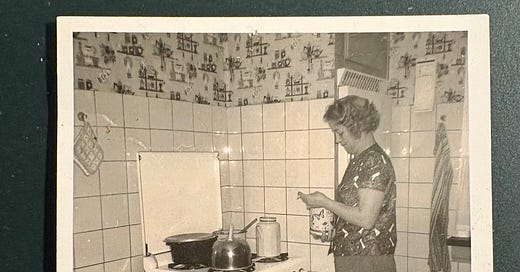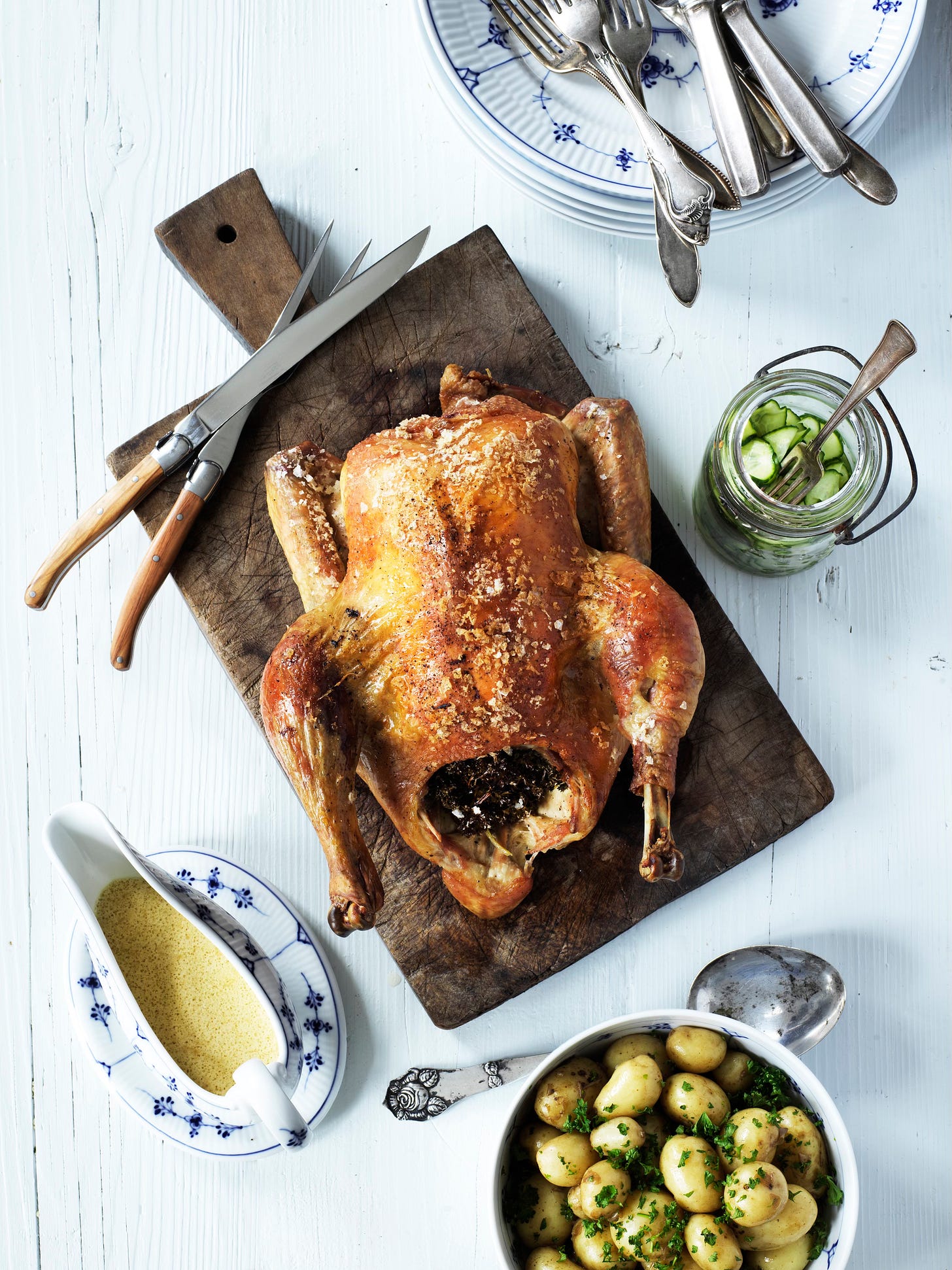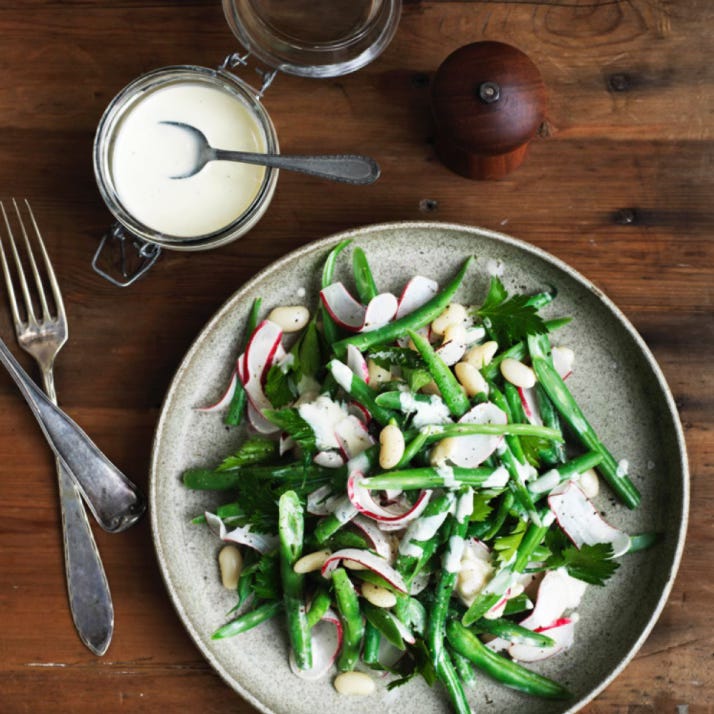WOMEN – we need to be vigilant
I can't think of any rights that came falling from the sky, they were fought for hard and long, by people who couldn't live with the injustice.
“Never forget that it only takes one political, economic or religious crisis for women's rights to be put in jeopardy. Those rights are never to be taken for granted, you must remain vigilant throughout your life."
Simone de Beauvoir
A few days ago, we celebrated on 8 March International Women’s Day. In Denmark it is called women’s international day of battle because it is not a day of pink gifts and expensive jewellery, it is the day to remind us of all work we have done and how much we still need to do. Both a celebration and a call to action. Women fought long and hard for every single right obtained. Simone de Beauvoir was and is right, she saw it happen. She lived at a time when women in France finally got the right to vote; it was on April 21, 1944. She knew what was accomplished and what still needed to be done.
My mother-in-law was part of the resistance movement during the 2nd world war in Copenhagen. Denmark was occupied by the Nazi Germany. The resistance saw it as their assignment to help the Danish Jews to escape to Sweden, and to disrupt the German occupation with planned attacks. My mother-in-law was involved in getting people out of Denmark. She would go to a roundabout in Copenhagen Østerbro and make a signal to a person, she did not know. The person would look to see if her ring was on the left or right hand. It signalled whether any families were to sail to Sweden that coming night. The families were hiding in basements and attics around Copenhagen, there was a collective effort among a group of people to help each other to escape holocaust.
So, fishing boats would drift with the tide to Sweden, in complete stillness. The weather conditions needed to be right. My mother-in-law was incredibly brave being part of the resistance, but it traumatized her for life, she never shared her full story with us. I would get bits and pieces here and there, mostly when we were alone together. At some point she had to flee herself, she was pregnant and, since there were no abortion rights, she got married to a man she didn’t love, or for the not-marry kind of love, a boyfriend, a fling, that should never have been more.
Her destiny became to go to Sweden alone and have a baby, support herself in a foreign country and with very little support. When the war was over, she got a divorce and later met my father-in-law, who adored her. But she still, according to society, should be grateful that a man like him would marry her, a divorced woman. She wanted independence, go to university and to be an artist. She never got that life, she was a housewife, worked as a secretary, painted, wrote, and composed music when she could find the time. She was living in a conventional setting with something burning inside of her that she did not let loose, she tamed it all her life. She was a terrible cook, but she tried, went to cooking classes to improve herself. She didn´t love it, her heart was not in it, it was duty linked to being a housewife and a mother.
Photo: my mormor in the her kitchen, I think early 1960ties.
Then there was my mormor, she lived with a tyrant of a father, who would beat his sons and keep his daughter on a tight lease. When she started to have her period, her mother was so afraid her father would find out that she made her go down in the basement – it was pitch black – and wash her garments. She explained to me that that was why she was so hysterical about mice.
She was engaged for 3 years with my morfar, he got tired of waiting and got her pregnant, something she didn’t really believe. But it happened, she got married and was now out of her father’s claws. Then she was tied to the home as a housewife and a mother, she was so disappointed, she had dreamed of a time with freedom, to go out, feel the life out in society. This is not me putting judgement on it, she told it to me like that when I was a young woman. I have carried that story with me.
And then there is my mother, she had to marry my father to be able to rent an apartment and move out of her parents’ household, she could not get her own bank account. Women were supposed to marry, that was the first step in adult life. When they married, women were expected to stay home. It was not a question, whether you as a person was fit for that, if you wanted it, if it would make you content or even happy. It was by design that a woman took care of the home without ever having a say in the matter.
My mother joined the women’s movement, the 2nd wave of feminism. They fought for equal rights, the right to abortion, contraception, the right to childcare provided by the state, opportunities to go university, join the army, be a policewoman, a CEO, sitting on company boards, to broaden the opportunities and share the work in the families and in civil life.
All these things did not come falling down from the sky, they were fought for in a hard and long fight.
I grew up with these stories, they formed me as a woman, mother and wife to somebody. I was brought up with the slogan: “no class struggle without women’s struggle, no women’s struggle without class struggle”. My parents taught me these struggles are inherently linked. So, Simone de Beauvoir is right, we can never take it for granted that we women have the right to choose our own way in life, make our own choices. We need to be vigilant all our lives, and pass it on to the next generation.
While these women in my family all were struggling to find their place in the world, they all gave me skills and made me find my way through the tides. They taught me in their different ways the love of cooking. To create a home and cherish it is not a duty but a choice that then turned into a career of cooking and writing.
Photo: Old cookbooks from the women in my family. They have inspired me, and I have learnt a lot about the times they lived in through the dishes they cooked.
My mother-in-law because she was bad at it and did not enjoy it, it was a true obligation. But she enjoyed my cooking. I realized through her that cooking needs to be done with love and has to come from a choice you make, not something you have to accept to do and pretend to love just because you are a woman. She would collect recipes and make collages in books with personal comments, little drawings and family pictures just for me. One day she called me and said she had decided that she wanted me to have all her Royal Copenhagen because, as she said, “I know you will use it every day for your great cooking”. I apricated it deeply, and I felt her love, I truly love a beautiful set table for dinner, and I set the table every day.
My mormor because, through all the hours spent with her, I learned my Danish heritage and the season. How to see, if the fish is fresh. How to use everything and not waste food. How some of the more expensive things or time-consuming things we eat through the year should be appreciated and not taken for granted. Like asparagus in spring, the pork terrine for Christmas because it takes days to make. Strawberries are only eaten in season, but then every day, and the last day she’d say: “These are the last this year”. We would eat strawberries with whole milk and sprinkle sugar on top. All this I was taught by being around her.
My mother because she loves cooking. She opened the doors to world cuisine. We had beans and rice before most people in Denmark. Pasta, which at that time was only called macaroni and only came with tomato sauce or cheese and butter. I always say I was the first child in Denmark to have hummus in my lunch box, I was bullied because I smelled of garlic. We ate endless portions of rice porridge sprinkled with cinnamon and sugar for dinner because we had very little money. Left-over porridge was pan-fried as pancakes the day after. We drank endless amounts of herbal tea from a ceramic teapot that was so large, I could not lift it as a child. The teapot cover/cab had a peace dove sewn onto it; in the commune, I remember one with the Nuclear-No-Thanks sign as well. Even though she was fighting to change the world, we did not change that eating dinner was important, that cooking and eating together is an act of community and resilience. It was not a woman’s duty but a shared responsibility for adults and children together.
There are many recipes that represent the woman in my family. But I will highlight two today, Roasted chicken with new potatoes and cucumber salad, my mormor cooked this for her birthday in July all her life, we all turned up and celebrated her, but she did do all the cooking. It is not summer yet, I believe now a days all the tings are available now, it id not use to be that way. The really important thing is separated gravy, don’t miss that.
Family recipes
MORMOR’S BIRTHDAY DINNER OF ROAST CHICKEN, SWEET-AND-SOUR CUCUMBER AND SEPARATED GRAVY
SERVES 6
The chicken:
1 large organic chicken
100g curly parsley
10 black peppercorns
400ml water
100ml double (heavy) cream
Sea salt and freshly ground black pepper
1.5kg new potatoes,
To serve with the chicken:
1.5kg 6oz new potatoes,
For the sweet and sour cucumber:
250ml cup clear vinegar (5%)
50ml water
125g caster (granulated) sugar
2 large cucumbers, thinly sliced
Pinch of salt
For the green salad:
1 summer lettuce, leaves separated
100ml single (light) cream
1 tbsp sugar
1 tsp sea salt
2–3 tbsp lemon juice
Preheat the oven to 180°C/350°F/gas mark 4.
Sprinkle the inside of the chicken with salt and pepper and stuff with the parsley and peppercorns. Place in a roasting tin and rub the outside ofthe chicken with salt. Roast for 20 minutes then add the water to the tin and roast for 1 hour 15 minutes, depending on size, now and then basting the chicken with the fat that has rendered into the tin, to make the skin crisper. Use a meat thermometer to check the inside of a thigh to see if it is done; it should read 75°C/167°F. Remove to a plate or board to rest and keep warm.
While the chicken is roasting, whisk together the vinegar, water and sugar for the sweet and sour cucumber, and when all the sugar has dissolved add the cucumber slices and salt and set aside, folding gently now and then.
Boil the new potatoes until tender, then drain.
For the green salad, rinse the lettuce leaves and drain well. Mix the cream, sugar, salt and lemon juice in a bowl and whisk until the sugar has dissolved. Fold the lettuce leaves through the dressing just before serving.
While the chicken is resting, pour the liquid from the roasting tin into a saucepan, add the cream and bring to the boil, then season with salt and pepper. The gravy will tend to separate, but give it a nice whisk and stir it every now and then with a spoon once on the table.
Carve the chicken and serve with the boiled potatoes, sweet and sour cucumber, green salad and gravy. A world-class meal!
MY FAMILY’S BEAN SALAD
In the early 1980s, my mother started making a green bean salad with steamed beans mixed with red onions, bacon and vinaigrette. It was new, modern cooking and I loved it. Later in the 1990s, when I started cooking professionally, I starting mixing white beans into salads. This was a new idea at the time, even though that seems hard to understand now. Cooking has evolved enormously over the last 30 years. I always have boiled white beans in my freezer, I boil one kilo at a time, divide it into 200g bags, and put them in the freezer for whenever I need them.
Photo; Columbus Leth
SERVES 4–6
250g dried white beans, such as cannellini
300g fresh green beans
100g radishes
50g flat-leaf parsley, leaves only
For the dressing
1 garlic clove, finely grated
4 tbsp lemon juice, maybe more for seasoning
4 anchovies filets in oil
50ml grapeseed oil
100ml Greek yogurt
Sea salt and freshly ground black pepper
The day before you make the salad, put the dried beans in a bowl, cover with water and allow to soak overnight.
The next day, drain the dried beans and cook in boiling water for about 45 minutes until tender, then drain and leave to cool. Cook the green beans in boiling, salted water for 3–5 minutes, then drain and tip into a bowl of cold water. Leave for 1 minute, then drain.
To make the dressing, blend the garlic, lemon juice and anchovies to a smooth paste, then add the oil a little at a time, blending after each addition. Season to taste with salt and pepper, then stir in the Greek yogurt.
Cut the green beans in half. Very thinly slice the radishes, with a mandolin if you have one. Mix the green beans and radishes with the white beans and parsley in a big mixing bowl, using your hands to mix the salad. Season to taste again with salt and pepper and perhaps a little more lemon juice, if needed for acidity.
Serve right away,








